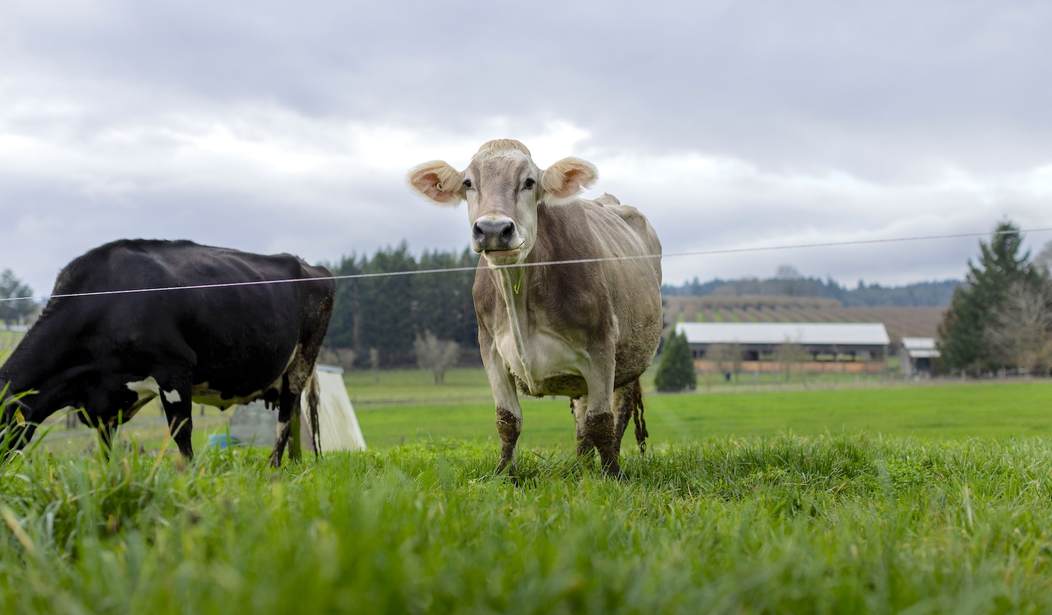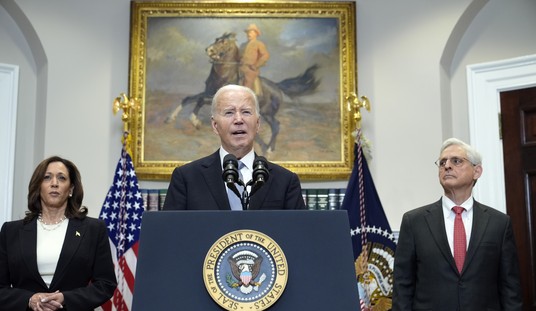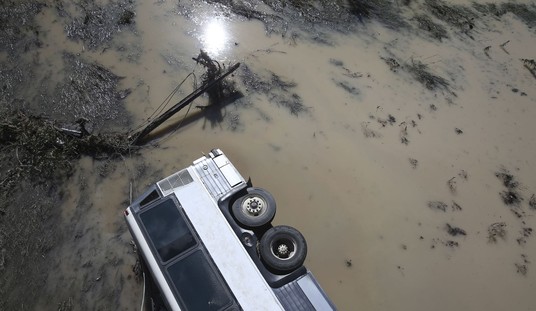Last year, Denmark made progressive history when the governing authorities instituted a plan to tax already-overburdened meat producers on their animals’ gaseous emissions on a per capita basis.
Related: Grocery Chains Ration Eggs After Mass Chicken Slaughter For Bird Flu
Via Associated Press, June 26, 2024 (emphasis added):
Denmark will tax livestock farmers for the greenhouse gases emitted by their cows, sheep and pigs from 2030, the first country to do so as it targets a major source of methane emissions, one of the most potent gases contributing to global warming.
The aim is to reduce Danish greenhouse gas emissions by 70% from 1990 levels by 2030, said Taxation Minister Jeppe Bruus.
As of 2030, Danish livestock farmers will be taxed 300 kroner ($43) per ton of carbon dioxide equivalent in 2030. The tax will increase to 750 kroner ($108) by 2035. However, because of an income tax deduction of 60%, the actual cost per ton will start at 120 kroner ($17.3) and increase to 300 kroner by 2035...
Levels of methane, which is emitted from sources including landfills, oil and natural gas systems and livestock, have increased particularly quickly since 2020. Livestock account for about 32% of human-caused methane emissions, says the U.N. Environment Program.
Yet again, multinational governing bodies with no democratic mandate, like the United Nations, appear to be setting policy all across the Western world by fiat.
In pursuit of these policies, the Danish government in October began mandating a drug called Bovaer that inhibits the enzyme responsible for methane synthesis in cows, theoretically reducing their methane emissions and rescuing the Earth from a natural gas that cows have produced for millions of years.
Via DSM-Firmenich:
Microbes in the cow's rumen digest food, producing hydrogen and carbon dioxide. Methanogenic microbes utilise these two gases and convert them into methane by a series of enzyme reactions.
Bovaer® is a feed supplement that temporarily inactivates one of these enzymes and this results in lower methane production. Just a ¼ of a teaspoon per day is added to the cow’s feed and it takes effect in as little as 30 minutes. Afterwards, Bovaer® is broken down into compounds already naturally present in the rumen.
Naturally metabolised by the cow, Bovaer® consistently reduces methane emissions and is safe for the cow and is not transferred into milk or meat…
Bovaer® is authorised and available for sale in over 65 countries, including the EU, UK, Australia, Brazil, Canada, Japan, and the U.S.
Promises of “safe and effective” from the manufacturer notwithstanding, the effects, based on testimony from farmers on the ground, have been devastating.
“Many Danish farmers are currently reporting on dairy cows that are lost, giving less milk and in some cases collapsing, ” per Jyllands-Posten, translated from Danish. “A common denominator on the affected farms is that farmers have begun to mix a statutory additive in the feed of the cows during October. The substance must reduce the cows' emissions of the greenhouse gas methane and the product has been tested across several years.”
Related: UK Mandates Backyard Chicken Registration To Fight Bird Flu
Begging your forgiveness for the disjointed and clumsy translation from Danish below, here’s further context via Nyheder (emphasis added)
More dairy cows are not doing well and are producing less milk. And in some cases they are collapsing.
A controversial additive called Bovaer, which is to be mixed into the cows' feed, is suspected of being the cause of the problems…
Since October 1, farmers have started mixing the legally required additive into the cows' feed.
The aim is to reduce the cows' emissions of the greenhouse gas methane, and Bovaer has previously been tested thoroughly over several years.
Yet something seems to have gone wrong in the roll-out.
- We have so many people calling us and are unhappy about what is happening in their herds, says Kjartan Poulsen, chairman of the National Association of Danish Milk Producers, to TV 2…
The cows' discomfort has led to lower milk yield.
Some of the collapsed animals have been treated and have survived, while others have had to be euthanized.










